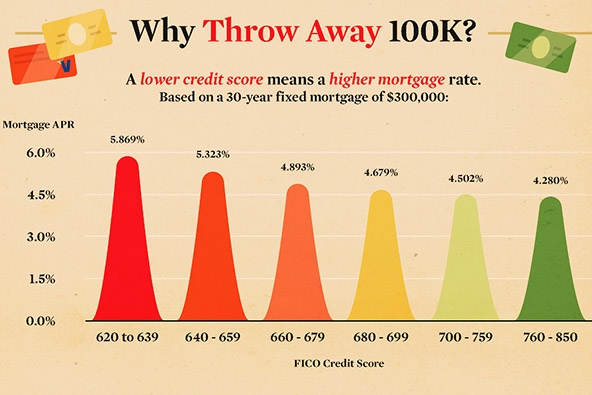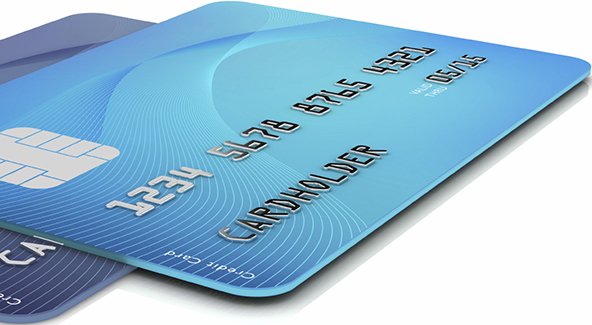Credit Card Rates and Fees: What Your Bank Can and Cannot Do

There seem to be quite a few misconceptions about what banks can and cannot do with credit card rates and fees floating around, or at least that’s the impression I get from browsing through the industry news and commentaries every day. I expected that people would need some time to learn and get used to the new rules that were enacted with the CARD Act, but I also thought that by now that should have happened.
So I’d like to briefly go over some of the most important changes concerning credit card rates, fees and credit limits that were introduced in the past couple of years or so. Hopefully that would clear up some of the confusion.
Current Rules on Credit Card Rates, Fees and Limits
Here is what the CARD Act did:
1. Your interest rate cannot increase in the first year. That rule applies to all new credit card accounts, with the following exceptions:
- Variable interest rates are tied to the prime rate, which is itself tied to the Fed Funds Target Rate. So if your card has a variable rate, it can go up or down, following the movements of these rates.
- An introductory rate will revert to the regular rate that the issuer disclosed when you opened the account, once the introductory period expires. Any promotional rate should last no less than 6 months.
- Your interest rate can increase if you are late on a payment by 60 days or more or if you don’t make payments as you agreed in a special payment arrangement with your issuer.
2. Higher rates affect only new charges. If your interest rate is raised, the new rate will only apply to the new charges you make. The rate on the outstanding balance accumulated before the change took place will remain the same.
3. Opt-in is required for overdraft (over-the-limit) protection. Overdraft allows your credit card company to process transactions that exceed your credit limit. Otherwise, the transaction will be declined. By default, you are opted out, but if you opt in to allow over-the-limit transactions, your card issuer may charge you an overdraft fee. You can, however, cancel your opt-in selection at any time.
4. Your total fees cannot exceed 25 percent of the credit limit. If your credit card comes with fees, such as an application or annual fee, the total amount of these fees cannot be greater than 25 percent of the initially approved credit limit. So if your card was issued with a credit limit of $1,000, the aggregate amount of fees for the first year cannot exceed $250. Penalty fees, however, are excluded from the total.
5. Statements must be delivered at least 21 days before your payment is due. Additionally:
- Your payment due date must be on the same date each month (for example, on the 1st or the 20th of the month).
- The payment cut-off time cannot be before 5 p.m. on the due date.
- If your payment due date falls on a weekend or holiday, you will have until the following business day to make the payment. (So if your due date is the 15th, but this month that happens to be a Sunday, you will have until Monday the 16th before 5 p.m. to make it and it will still be considered to be made on time).
6. Payments in excess of the minimum are applied to the highest-rate balance first. Whenever your payment amount is greater than the required minimum, the issuer must apply the excess amount to the balance with the highest interest rate. The only exception is made for purchases made under a deferred interest plan, where no interest is due if the full amount is paid by a predetermined future date. In such cases, you are allowed to apply any amount in excess of the minimum to the deferred interest balance.
7. Double-cycle billing is not allowed. Interest charges can only be imposed on balances in the current billing cycle.
The Takeaway
So here you have some of the most significant changes concerning credit card rates and fees brought about by the CARD Act. These are all for the most part fairly straightforward, so everyone who’s read them should have no problem understanding them. And I really like these new rules and I do think that they achieve the stated goal of providing consumer protection against unfair credit card practices. Of course, we have the side effects of rising bank fees elsewhere, but that’s a subject for a different conversation.
Image credit: Ingenico.com.


